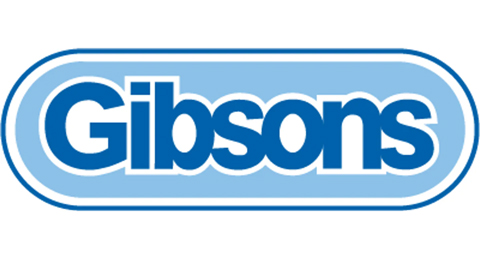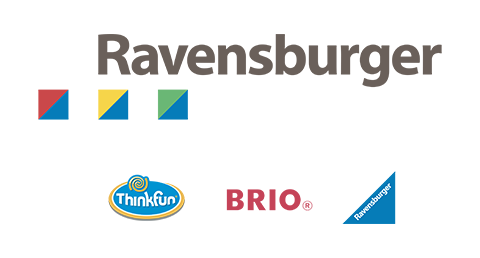I am just coming to the end of my first ‘proper’ holiday in three years – by the time you read this, I will be about to head home. Have I missed anything? I assume the airports are all running smoothly now, so my trip back will be hassle-free. And surely the price of petrol must be on its way down? If not, I guess there is always rail travel as an alternative?
Ok, so getting from A to B might not always be straightforward right now, and prices are increasing across the board on an almost daily basis, but at least we have that high wage economy the PM promised us to soften the blow and offset all these rising costs…right? (Checks the latest news from the UK, reads that the high wage economy apparently only applies to bankers and MPs, logs off with an eye roll). Yep, turns out I was wrong in last week’s Blog – we haven’t gone back to the eighties, it’s actually the seventies.
This all takes me back six years, to when I was about to return home from another international trip – albeit for business rather than pleasure on that occasion. As we sat in the Vegas departure lounge after the 2016 licensing show, a historic vote was taking place back in the UK – the Brexit referendum. As we boarded the plane, ‘remain’ had just won the first constituency declared (albeit narrowly), and we settled down to sleep as we flew back overnight, with no idea of what was to greet us upon landing. The audible gasps as phones were switched on nine hours later told the tale – and here we are, six years later, still paying the price, especially with the ongoing weakness of sterling. When sterling collapsed as Leave emerged triumphant on that fateful morning, Brexiteers were quick to suggest that currency fluctuations are merely blips, and the fiscal law of reverse gravity (‘what goes down must eventually come back up’) would see everything balance out soon enough.
And yet…it hasn’t. Six years down the line, sterling remains in a parlous position, with little prospect of improvement on the horizon. The Bureau de Change at the airport would have given me less than 1 Euro or Dollar to the Pound, had I been disorganized enough to need cash at the airport. Far more concerning is sterling’s weakness on the economy and on business – it may not be the root cause of all the current economic and business turbulence afflicting the UK, but it sure as heck makes the problems far harder to fix.
But here we are, all in the same boat and at least lucky enough to work in an industry that is partially protected from the deepest economic impact. And finding ‘little wins’ is more important than ever’; so, if you were one of the companies who read last week’s Blog, logged straight on to Amazon Vendor Central and put through price increases which were approved instantly, good on you. Happy to be the bearer of good news, and if we can help our readers to trade more profitably and effectively by doing our job as journalists, we all win. A few people have grumbled that in certain instances, Amazon is insisting on a 60-day notice period for the new prices to take effect (basically, “where the cost increase would have a major financial impact for Amazon” according to the Ts and Cs), but that is surely better than not having no real mechanism to put through price increases, which has essentially been the case for most vendors over the past year.
Indeed, across the board, retailers are looking at ways to make their operations more profitable and effective – and the ways in which they are approaching that goal are many and various. For B&M, it’s all about starting an online journey, with the trial launch of an online home delivery service featuring 1,000 products which includes toys. For BargainMax, it’s a brand-new state-of-the-art UK warehouse facility which will help the e-tailer support its continued growth. For Argos, it’s the launch of a new Insights Platform, which General Merchandise commercial director Paula Nickolds believes will “step change how we work with our supplier base, enabling colleagues and our suppliers to make even deeper and more informed data led decisions, providing a greater understanding of our customers and how we grow the business together.” Sounds great – now, as one supplier pointed out, if only they can sort out buyers being contactable by phone or encouraging them to reply to emails, they might be on to something…even if this new Platform does sound like the business is heading the way of Amazon. Let’s hope they can crack the data opportunity while maintaining close working partnerships with suppliers at the same time…that strikes me as a winning formula.
Let’s also be thankful that shipping costs are gradually coming down – that is another big tick in the plus column for toy suppliers and retailers. Although, it’s important to remember that is only one aspect of the supply chain; it is also worth keeping an eye on China’s Covid situation. This week, there have been reports of an outbreak in Shenzhen, which has triggered mass testing and a lockdown of some districts. Shenzhen is, of course, one of the main toy manufacturing hubs in China: if the situation there develops the way we saw in Shanghai and other major Chinese cities earlier this year, that could potentially disrupt the supply chain as we head into peak shipping season.
However, just like the currency situation, there is little any of us can do about the Chinese Covid status – we just have to focus on the elements which are within our control. Keep a finger on the pulse of the latest trends, keep product ranges fresh, be open to new opportunities and keep talking to friends and colleagues in the toy community so we can all benefit from the wisdom of the crowd. See you back in the UK next week…..planes, trains and automobiles permitting.

















